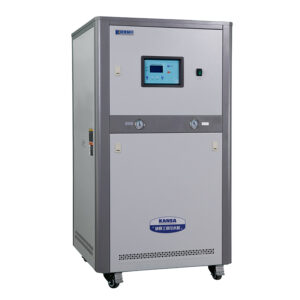
# Energy-Efficient ICW-20/25/30 Water-Cooled Chiller Procurement Guide
Introduction to Water-Cooled Chillers
Water-cooled chillers are essential components in many industrial and commercial cooling applications. The ICW-20, ICW-25, and ICW-30 models represent a series of energy-efficient water-cooled chillers designed to meet various cooling capacity requirements while minimizing energy consumption.
Key Considerations for Procurement
1. Cooling Capacity Requirements
Before purchasing an ICW series chiller, carefully assess your cooling needs:
- ICW-20: Suitable for small to medium applications (20-ton capacity)
- ICW-25: Ideal for medium-scale operations (25-ton capacity)
- ICW-30: Designed for larger cooling demands (30-ton capacity)
2. Energy Efficiency Ratings
Look for chillers with:
- High Coefficient of Performance (COP)
- ENERGY STAR certification (where applicable)
- Variable speed drive options
3. System Compatibility
Ensure the chiller is compatible with your existing:
- Cooling tower specifications
- Piping infrastructure
- Electrical requirements
Technical Specifications Comparison
| Model | Cooling Capacity (tons) | Power Consumption (kW) | Water Flow Rate (GPM) |
|---|---|---|---|
| ICW-20 | 20 | 18-22 | 40-60 |
| ICW-25 | 25 | 22-27 | 50-75 |
| ICW-30 | 30 | 27-33 | 60-90 |
Maintenance and Long-Term Costs
When evaluating ICW series chillers, consider:
- Preventive maintenance requirements
- Availability of spare parts
- Warranty coverage
- Expected service life (typically 15-20 years)
Procurement Process Tips
- Request detailed quotations from multiple suppliers
- Verify manufacturer certifications and references
- Consider total cost of ownership, not just purchase price
- Evaluate after-sales support and service agreements
- Check for available rebates or energy efficiency incentives
Conclusion
Selecting the right ICW-20, ICW-25, or ICW-30 water-cooled chiller requires careful consideration of your specific cooling needs, energy efficiency goals, and long-term operational requirements. By following this procurement guide, you can make an informed decision that balances performance, efficiency, and cost-effectiveness for your facility’s cooling needs.